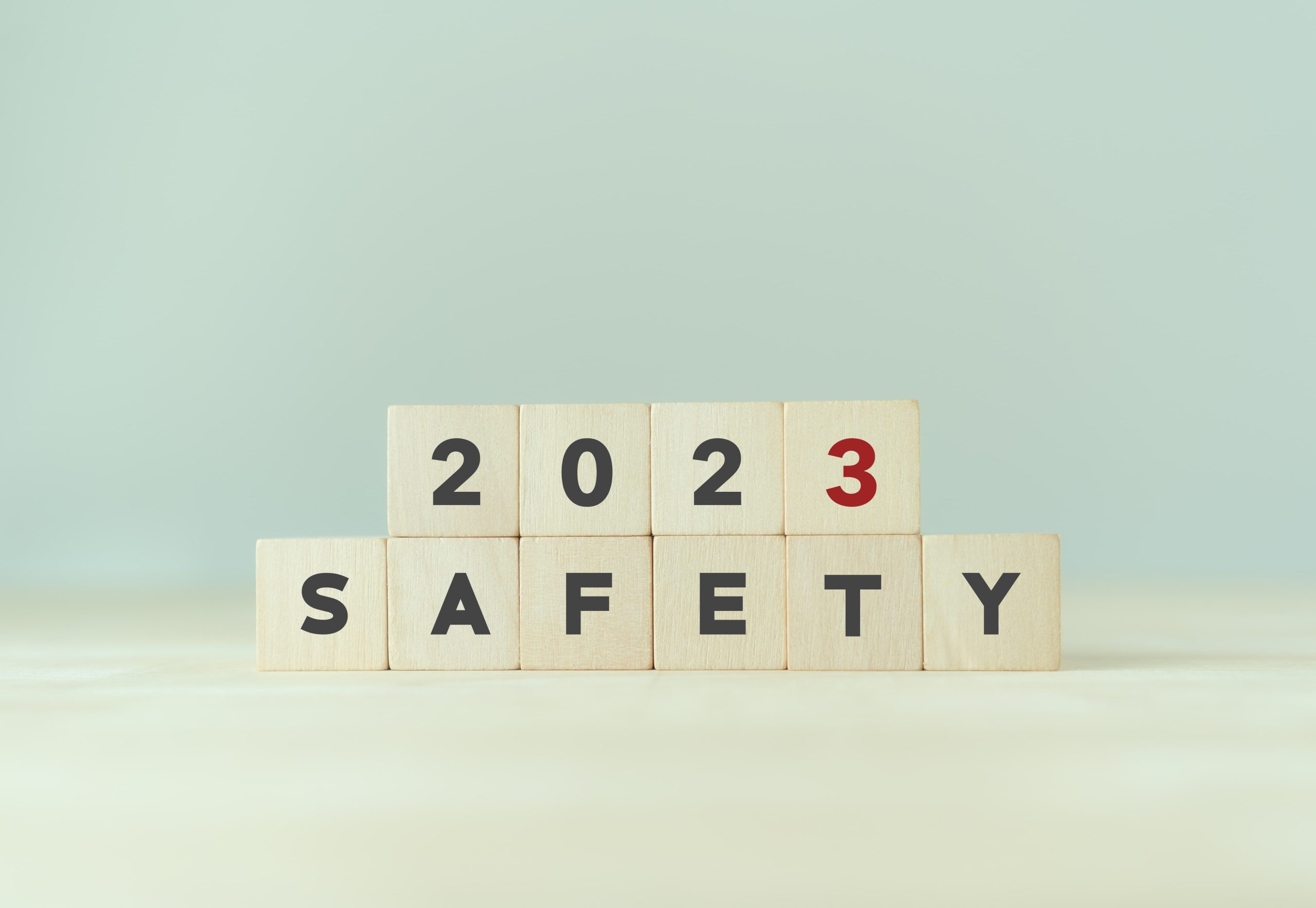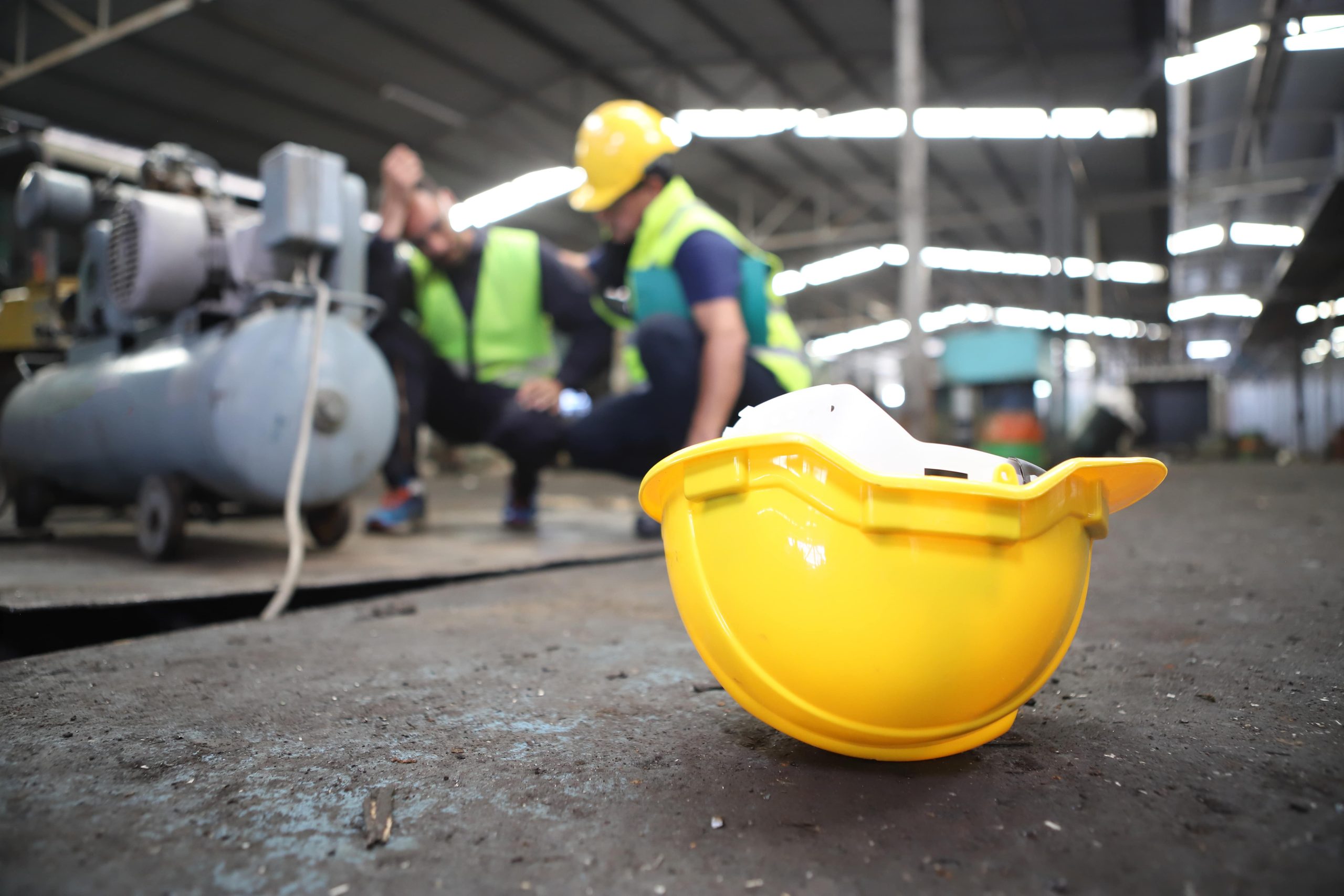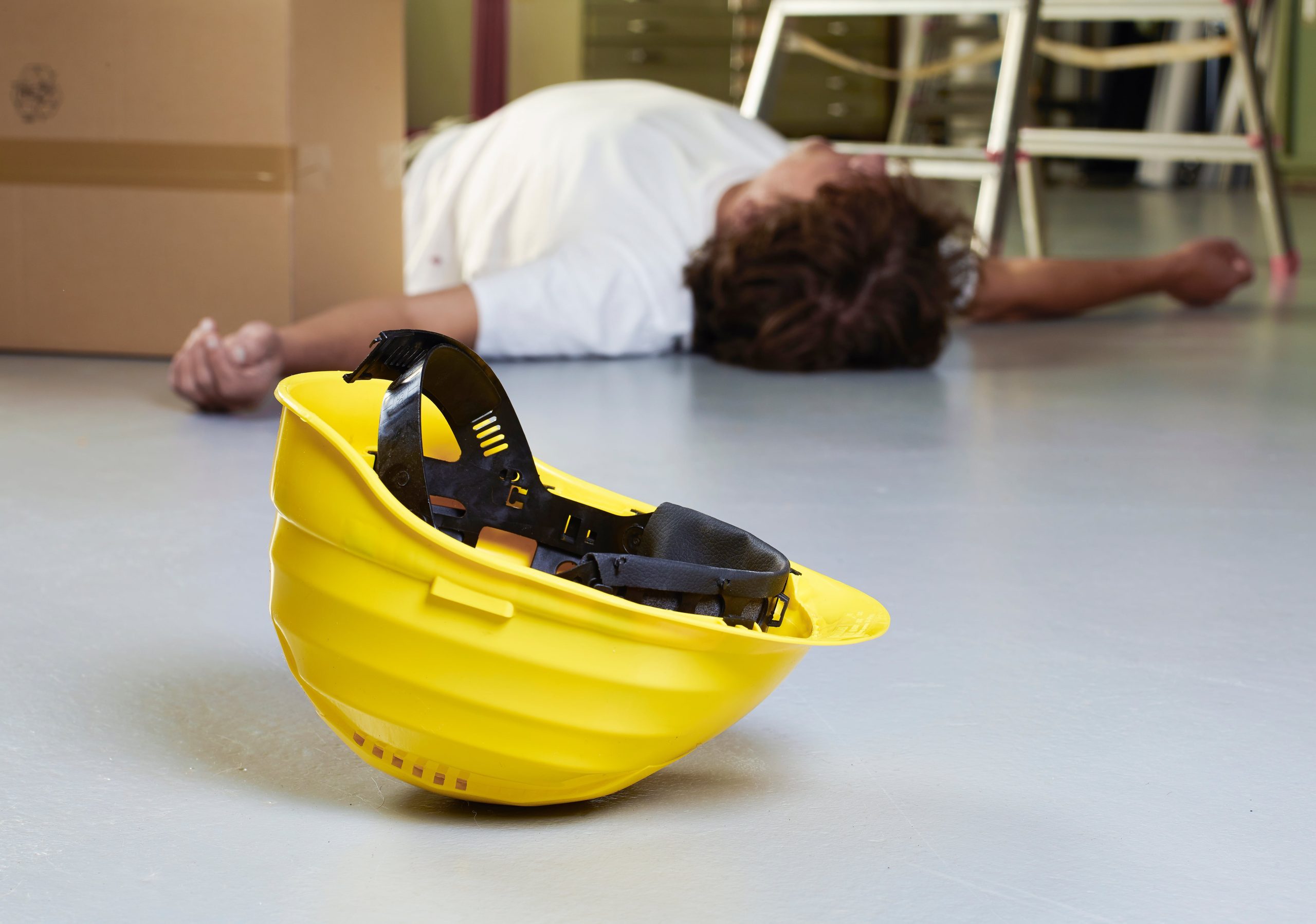BLOG
HSE’s fatal injury statistics 2022/23 suggest workplaces are no safer than in 2016
Written on 6 July 2023

New statistics from the Health and Safety Executive (HSE) highlight a disheartening stagnation in the ongoing efforts to reduce work-related fatalities in Great Britain.
According to the regulator’s latest report, a total of 135 workers tragically lost their lives as a result of work-related accidents between April 2022 and March 2023.
This figure marks a regrettable increase compared to the previous year’s count of 123 fatalities. It does, however, represent a decrease from the 142 fatalities recorded in 2020/21.
Examining the raw numbers, the number of fatalities has fluctuated over the years with no clear cause. Having risen steadily year on year from 2016/17 to 2018/2019, the number of deaths decreased fairly dramatically in 2019/20, then rebounded to pre-pandemic levels in 2020/21, before dropping off again last year to below 2016 levels.
This sequence of events brings us to the present, where we find ourselves in a situation reminiscent of the statistics from 2016.
Year | Number of fatal injuries | Fatal injury rate |
2016/17 | 137 | 0.42 |
2017/18 | 144 | 0.44 |
2018/19 | 147 | 0.46 |
2019/20 | 111 | 0.34 |
2020/21 | 142 | 0.45 |
2021/22 | 123 | 0.38 |
2022/23 | 135 | 0.41 |
Nick Wilson, Director of Health & Safety Services at WorkNest, says: “The cyclic nature of these fluctuations underscores the complex and multifaceted nature of work-related fatalities. Further analysis and examination is needed to identify underlying factors and develop targeted measures to ensure sustained progress in improving workplace safety.”
Digging deeper
It’s important to consider the context of these numbers, particularly in relation to the number of people employed in any given year. There were fewer people working during the pandemic, for example. Consequently, the raw numbers alone may not provide a complete picture of the situation, and the fatal injury rate (the number of deaths per 100,000 workers) may be more instructive.
Taking employment levels into account, the 135 fatalities in 2022/23 equates to a fatal injury rate of 0.41 deaths per 100,000 workers. Interestingly, this figure closely aligns with the average fatal injury rate observed over the past seven years (0.414), suggesting that 2022/23 was not characterised by any significant positive or negative deviation from the overall trend.
Nick says: “Last year’s figure suggested progress was being made, so it’s disheartening to see that this positive downward trend in fatalities was not sustained in 2022/23.
“What’s interesting is that our Mind the Gap report, published in late 2021, indicated that health and safety would remain a top priority for employers post-pandemic, with 59% of business decision makers reporting that the pandemic has fundamentally changed how the organisation views workplace health and safety. This is sadly not reflected in these statistics.”
Do you need support?
Speak to us for an honest, no obligation chat on:
0345 226 8393 Lines are open 9am – 5pm
Some sectors performing better than others
Echoing previous years, the sectors with the highest number of work-related fatalities in 2022/23 were construction, agriculture, forestry and fishing, and manufacturing.
Comparing this year to last, the construction sector – the sector with the highest recorded fatalities – experienced a notable increase in fatalities from 29 to 45. Although the report states that this increase is “not statistically significant”, a year-on-year uptick of 55% cannot be dismissed as insignificant. Adding to concerns, the five-year average for fatal injuries in construction is 37, meaning this year’s figure isn’t just higher than last year’s figure – it’s higher than the norm.
In agriculture, forestry and fishing, there was a marginal year-on-year reduction in fatalities from 23 to 21. However, taking into account the number of workers in each sector, it continues to have the highest fatal injury rate at 7.87 deaths per 100,000 workers, followed by waste and recycling (5.02) and construction (2.10).
On a more positive note, the manufacturing sector saw a 32% reduction in fatalities in 2022/23, from 22 in 2021/22 to 15. The sector’s five-year average is 19, indicating that progress is being made. It’s important to note that, despite ranking amongst the top three sectors with the highest total number of fatalities, the fatal injury rate in manufacturing is much lower, at 0.57.
Overall, comparing this year’s figures to the five-year average reveals divergent trends in safety across different sectors. Some, such as agriculture, forestry and fishing, manufacturing, and administrative and support services, show signs of becoming safer. In contrast, other sectors, including construction, transportation and storage, wholesale, retail and motor repair, and waste and recycling, demonstrate a decline in safety standards. The factors contributing to this disparity in safety performance remain unclear.

Fall from height fatalities persist
Unsurprisingly, falls from height continue to be the number one cause of fatal injury at work, claiming the lives of 40 workers in 2022/23 – 30% of the total figure. More alarmingly, this represents a 38% increase on last year’s figure (29).
In addition, 29 workers were killed after being struck by a moving (including flying/falling) object (up from 18 last year), and a further 20 died as a result of being hit by a moving vehicle (down from 23 last year).
Together, these three types of accidents consistently account for more than half of all fatal injuries to workers, a trend that has persisted since 2001/02.
Nick says: “The marked increase in falls from height is a major cause for concern. Employers must ensure that work-at-height activities are properly planned, appropriate equipment is used, and operatives are properly trained in order to mitigate this alarming trend.
He adds: “The HSE often has work at height programmes, including in regard to ladder safety, but unfortunately these initiatives don’t appear to be having any material impact, raising the question of what more can be done by employers to keep workers safe.”
In terms of other causes, 9 workers lost their lives after coming into contact with moving machinery and 12 died after being trapped by something collapsing/overturning, with the remaining 25 deaths encompassing “all other accident kinds”. Deaths due to these types of accidents are down compared to the five-year average.
Male and older workers most at risk
Following established trends, the overwhelming majority (96%) of those killed in work-related accidents in 2022/23 were male. Examining the age demographics, 25% of fatal injuries in 2022/23 were to workers aged 60 and over, despite such workers making up just 11% of the workforce.
Nick says: “Sadly, these statistics don’t come as a surprise. It is no secret that sectors like manufacturing and construction are predominantly male-dominated, explaining the higher proportion of male fatalities, and the increased vulnerability of older workers is a known reality.”
“Still, the gender and age disparities in work-related fatalities underscore the importance of addressing the unique risks faced by different demographic groups. While we may not be able to alter the fact that more men are employed in hazardous industries, we can take significant steps to ensure their safety. We can also implement tailored safety measures to protect older workers so that the workplace is safe for all, regardless of age.”
Positive strides to protect the public
One promising aspect revealed in the report is that ongoing efforts to ensure public safety are paying off.
In the 2022/23 period, there were a total of 68 fatalities among members of the public resulting from work-related accidents. This excludes deaths of patients and service users in health and social care premises registered with CQC in England.
This number represents a decrease of 20 deaths compared to 2021/22 (88) and is statistically significantly below the pre-pandemic level. For context, the average number of public fatalities over the four-year period from 2015/16 to 2018/19 was 107 deaths per year.
As expected, most of these deaths (59) occurred within the service sector, underscoring the need for targeted safety measures and heightened vigilance in these environments.
Nick says: “Members of the public face the same hazards as your workers; however, their lack of familiarity with the work environment and activities increases their vulnerability to risks. It’s therefore imperative for employers not to overlook the safety of visitors, customers, and other individuals present in work areas when conducting risk assessments. This responsibility is rooted in Section 3 of the Health and Safety at Work etc Act 1974, which holds employers accountable for the wellbeing of non-employees.”

Final thoughts
Considering the statistics from 2016 to now, Nick proposes that we may have reached a safety plateau, likely caused by a combination of factors, including a culture of complacency and poor leadership.
He concludes: “This year’s figures highlight that, over the last seven years, we have made minimal progress when it comes to driving down the number of work-related fatalities. It’s incumbent on employers, particularly those in higher risk sectors, to take their responsibilities seriously, intensify their efforts, and renew and enhance initiatives.”
In the words of Ruth Wilkinson, Head of Policy at the Institution of Occupational Health and Safety, “continued strength and efforts (are needed) to ensure people are protected at work.”
Related Content
Protect your people and your business with WorkNest
A serious health and safety incident is every employer’s worst nightmare, but if you’re not an expert, it can all too easy to miss the mark. This puts your people at risk and leaves your business exposed to fines, prosecution and reputational damage.
From dedicated consultant support and annual audits to simple risk management software, our fixed-fee service provides all the advice, guidance and tools you need to protect your people from harm and prevent your organisation from falling foul of the law, enabling you to operate with complete peace of mind.
To discuss your specific needs and find out how WorkNest can help you to simplify health and safety management, call 0345 226 8393 or request your free consultation using the button below.









